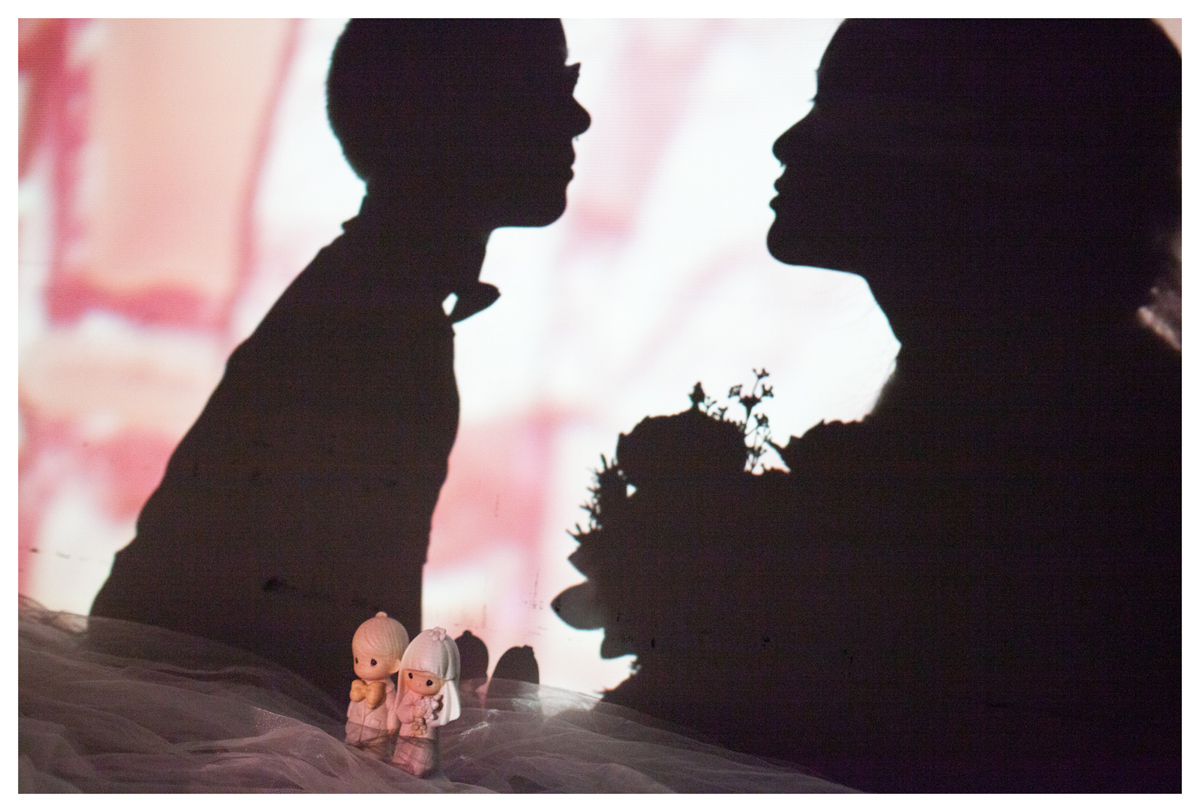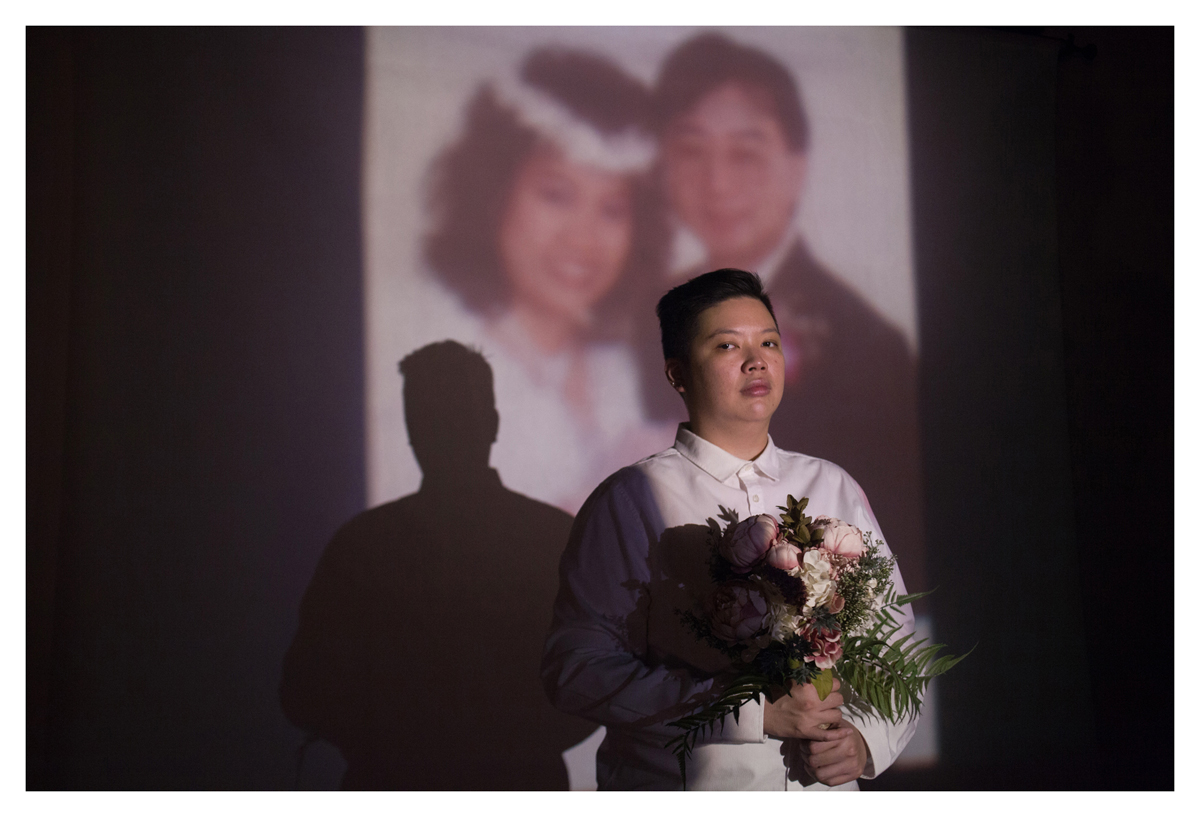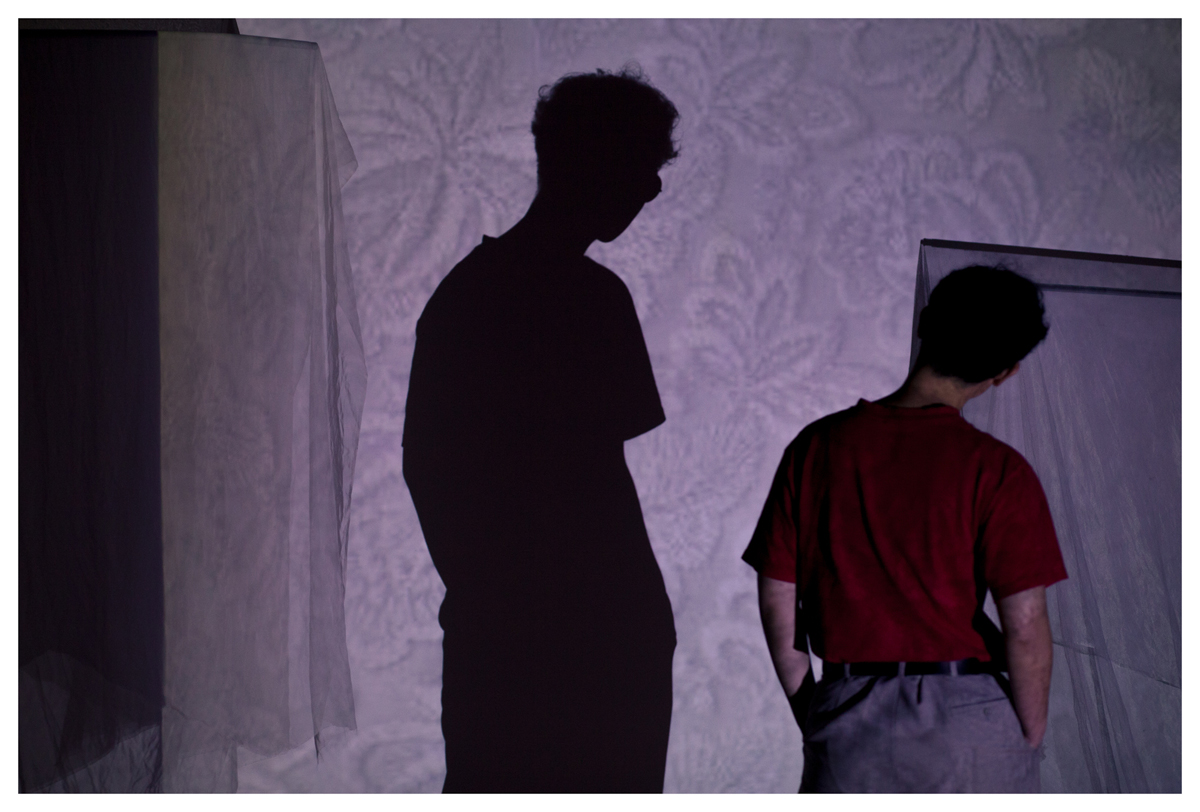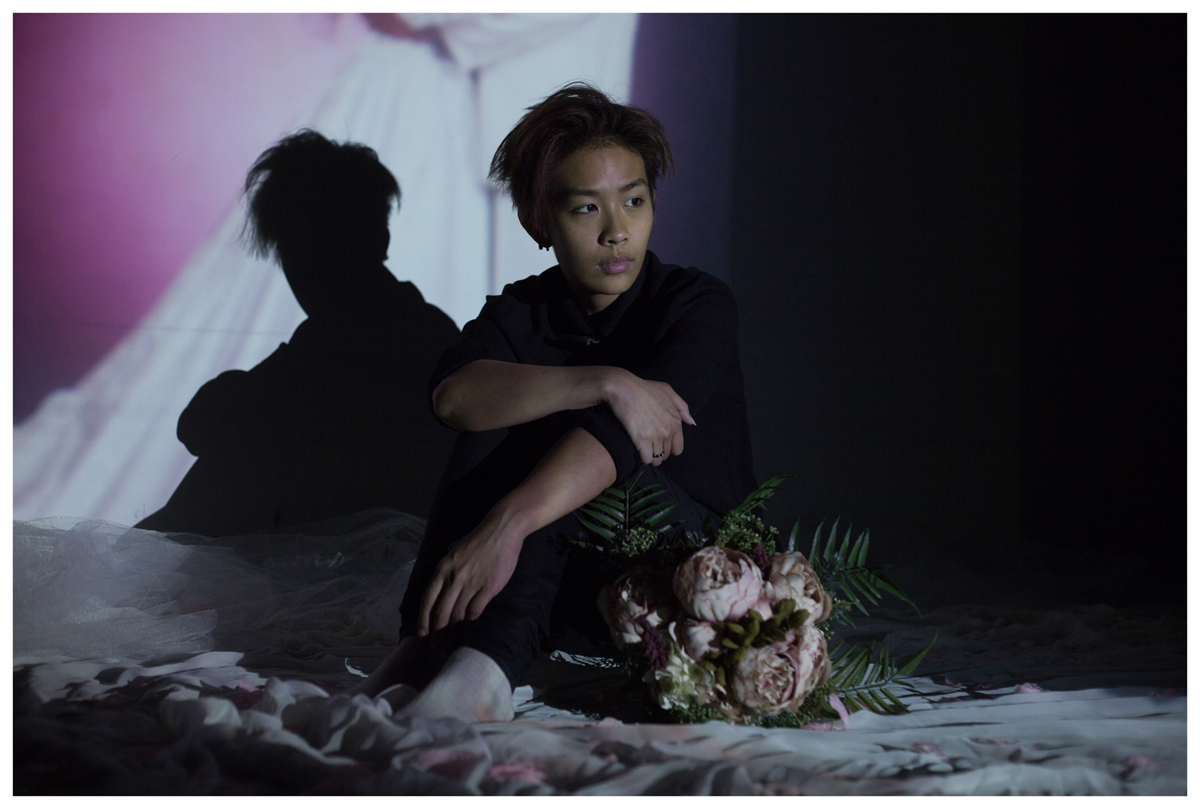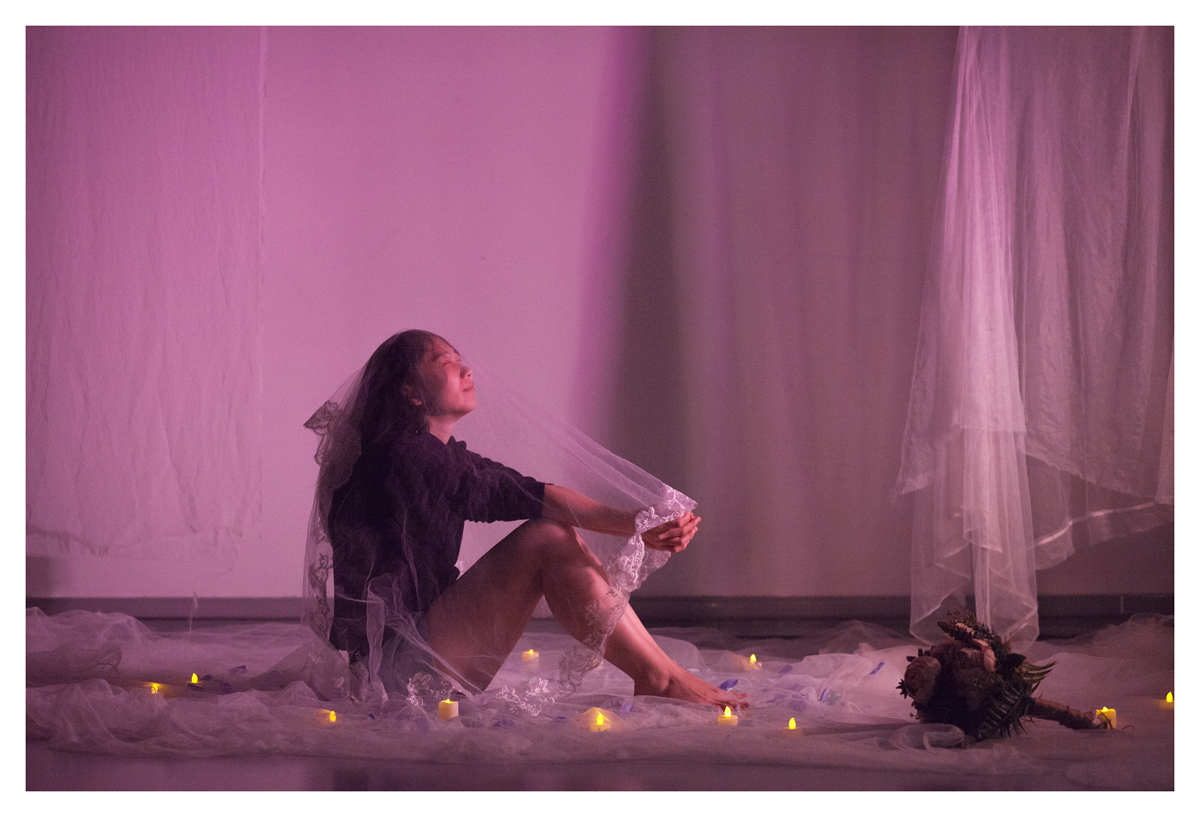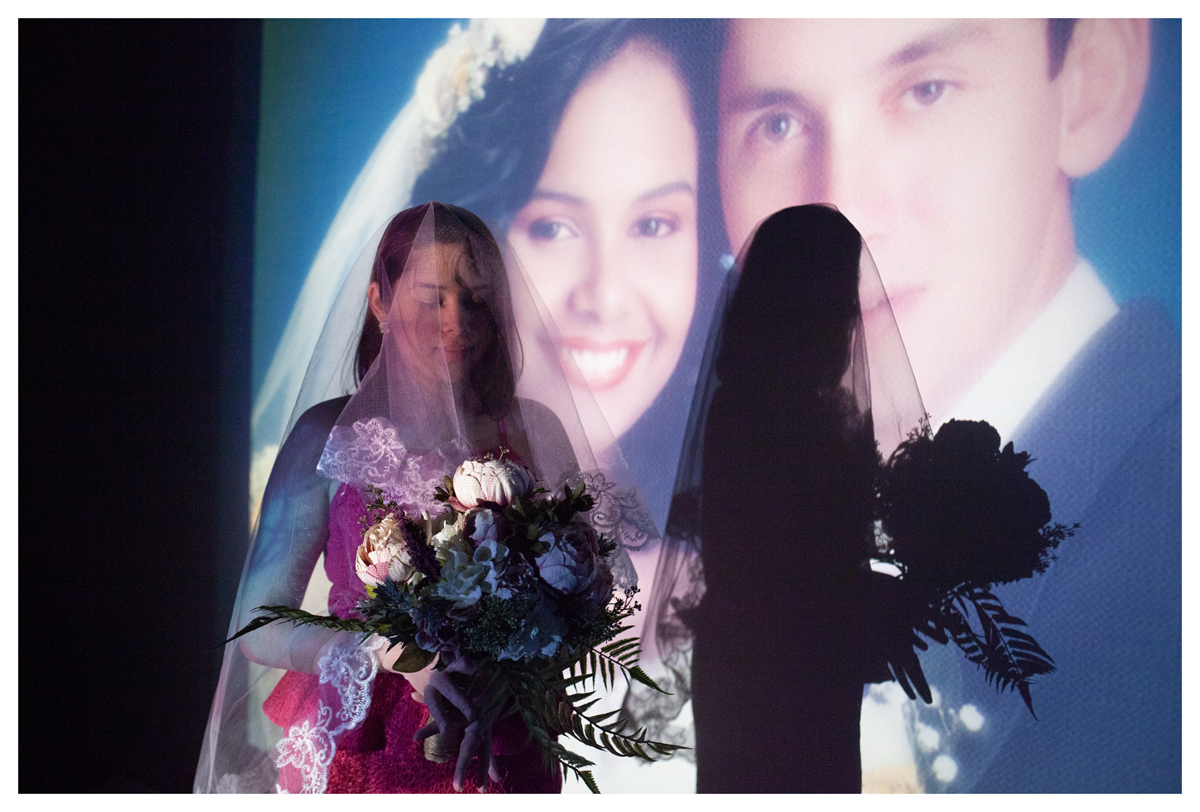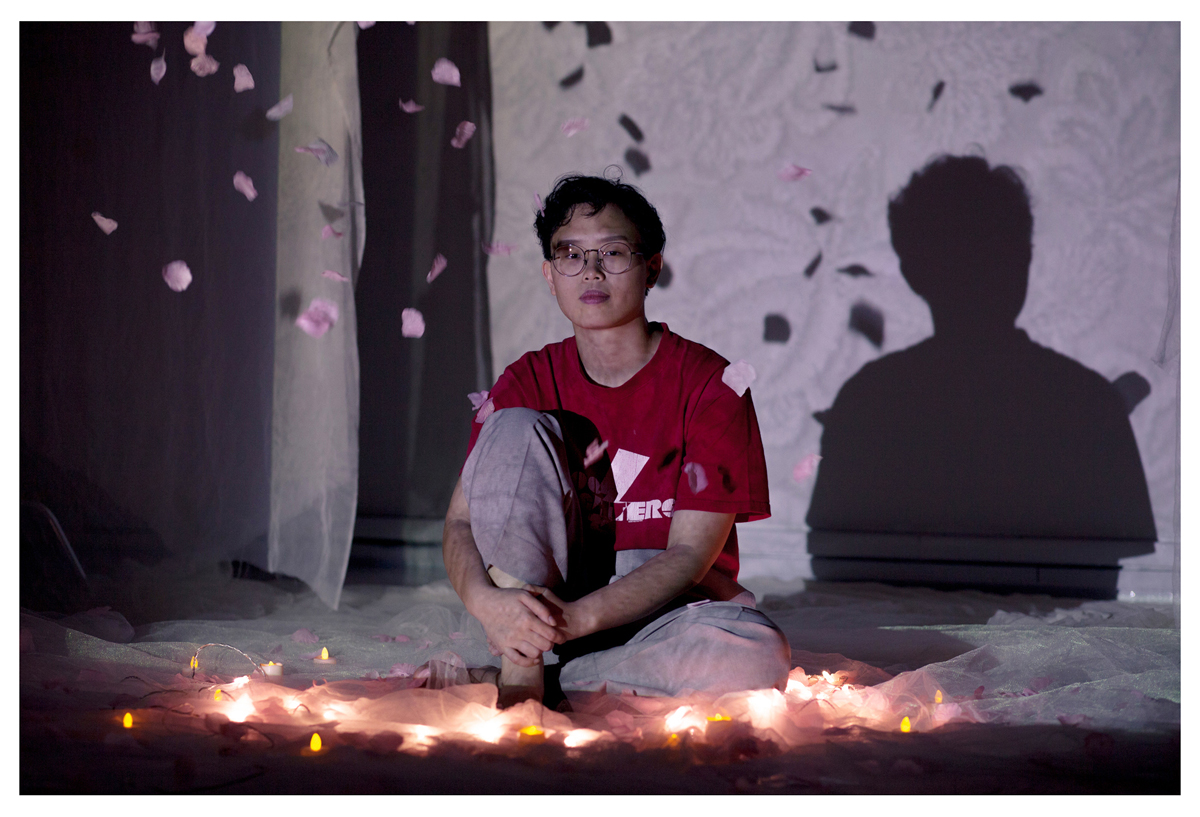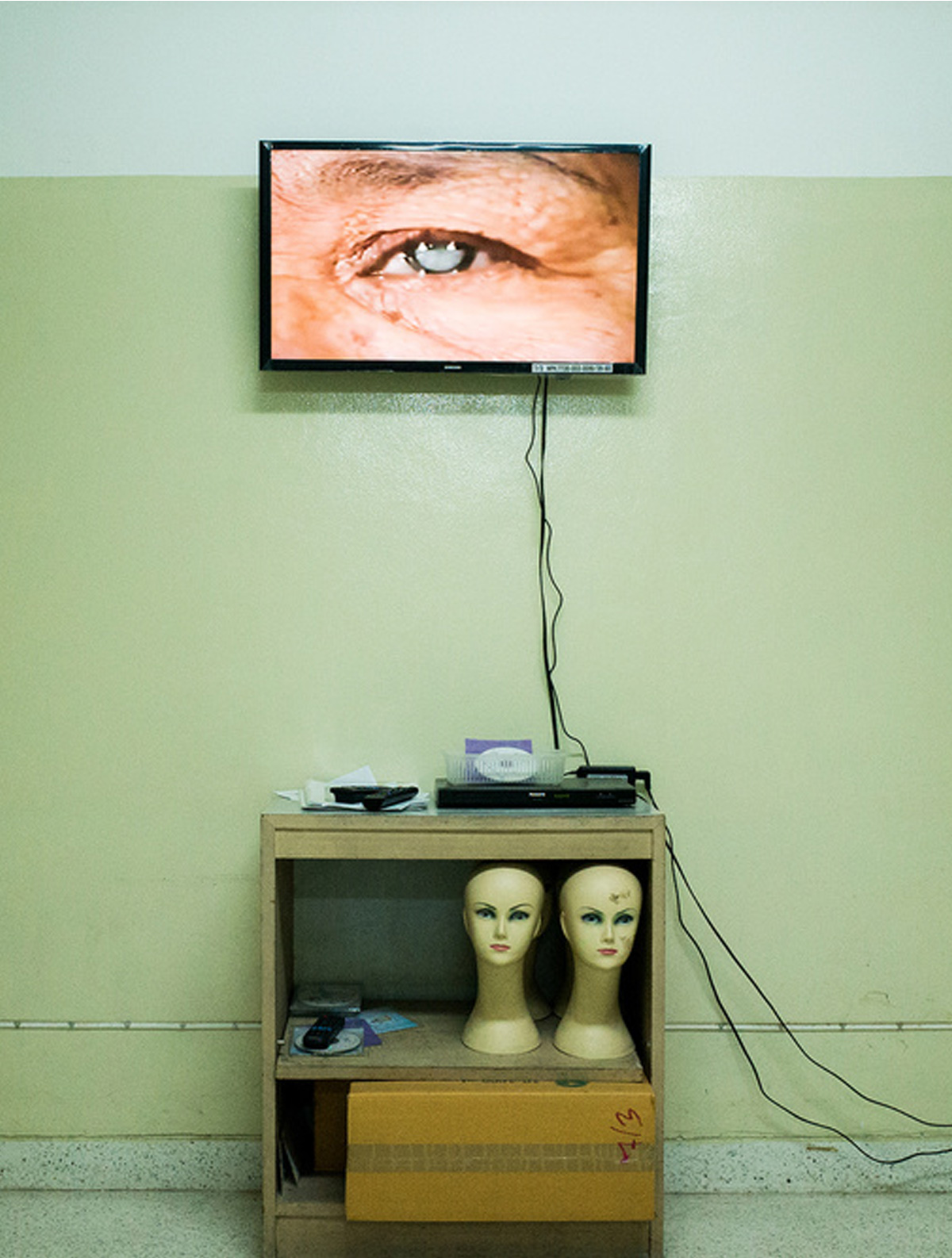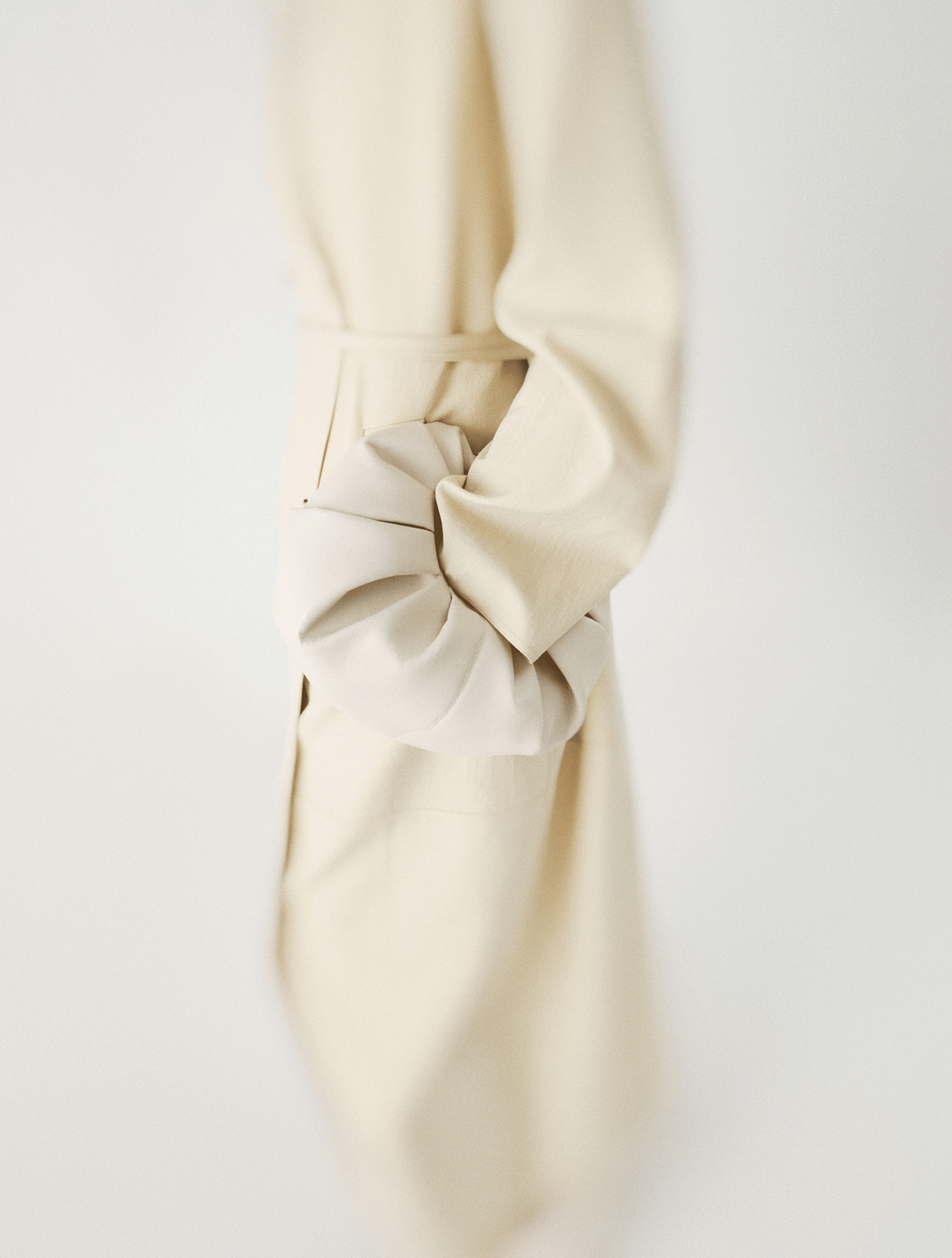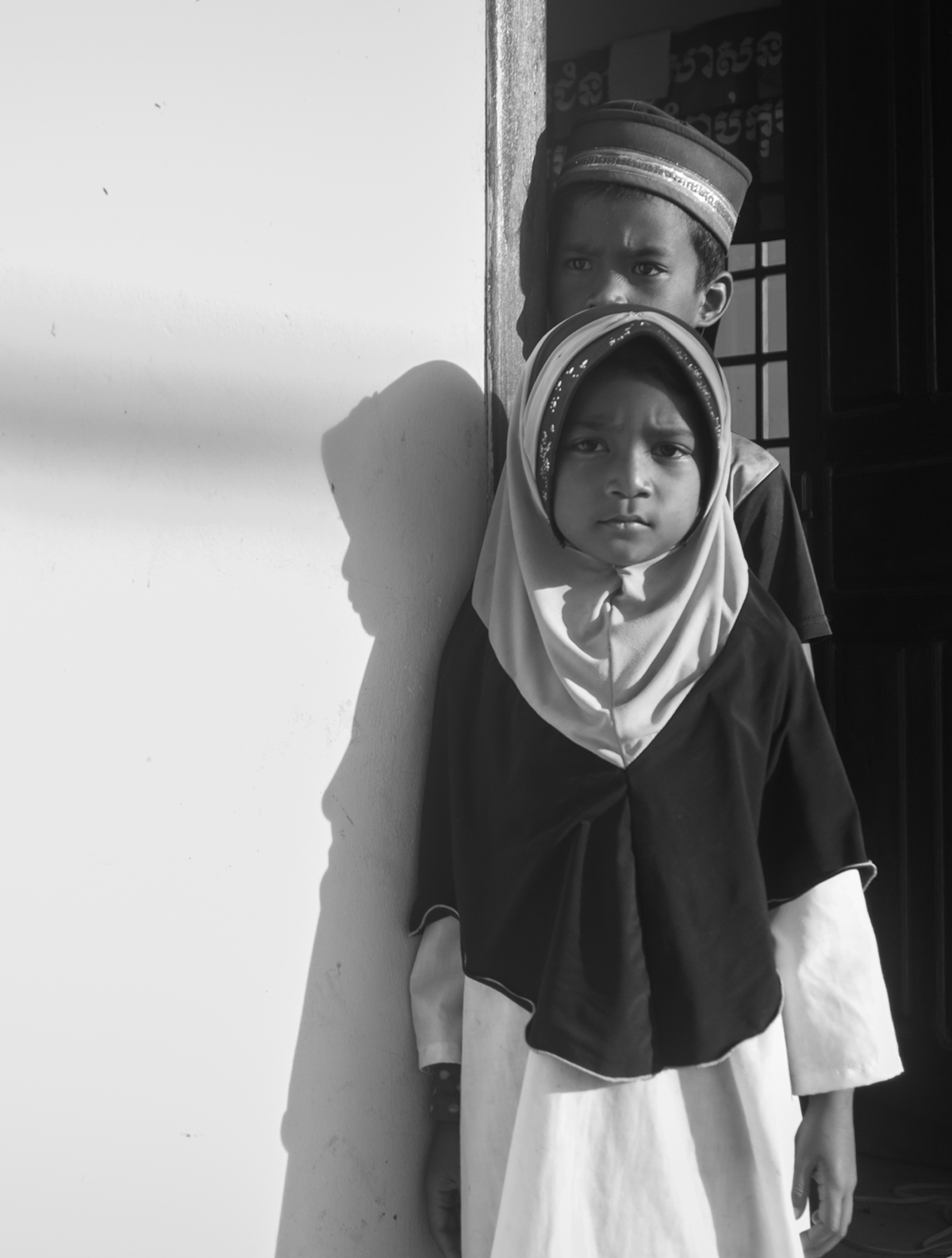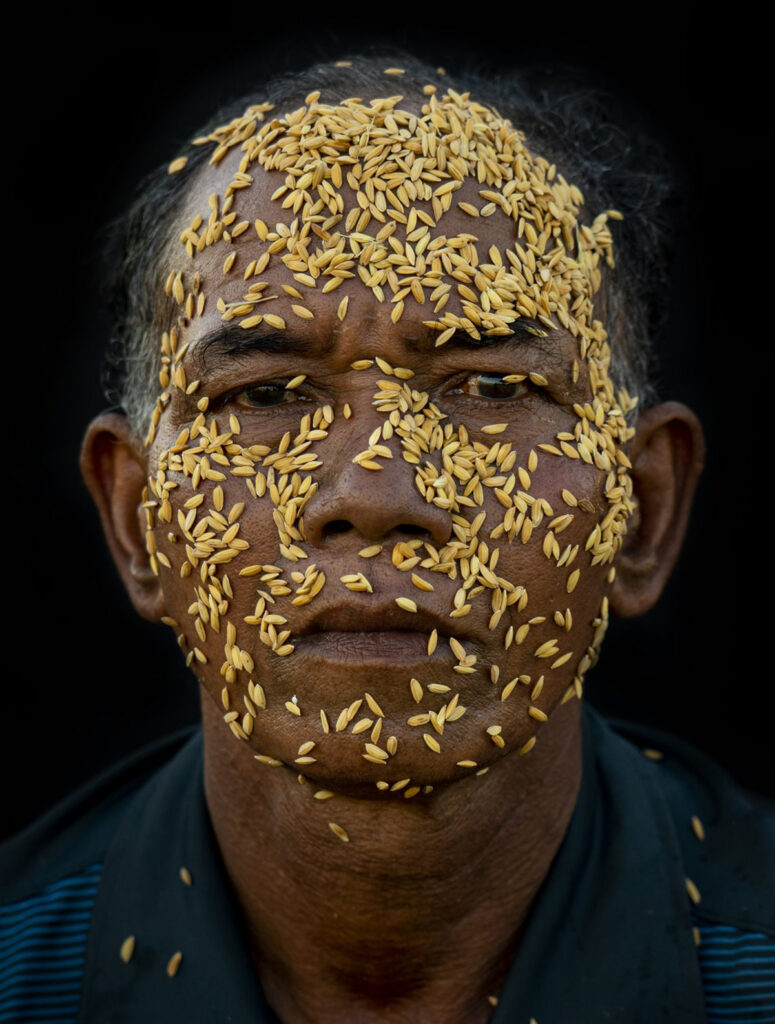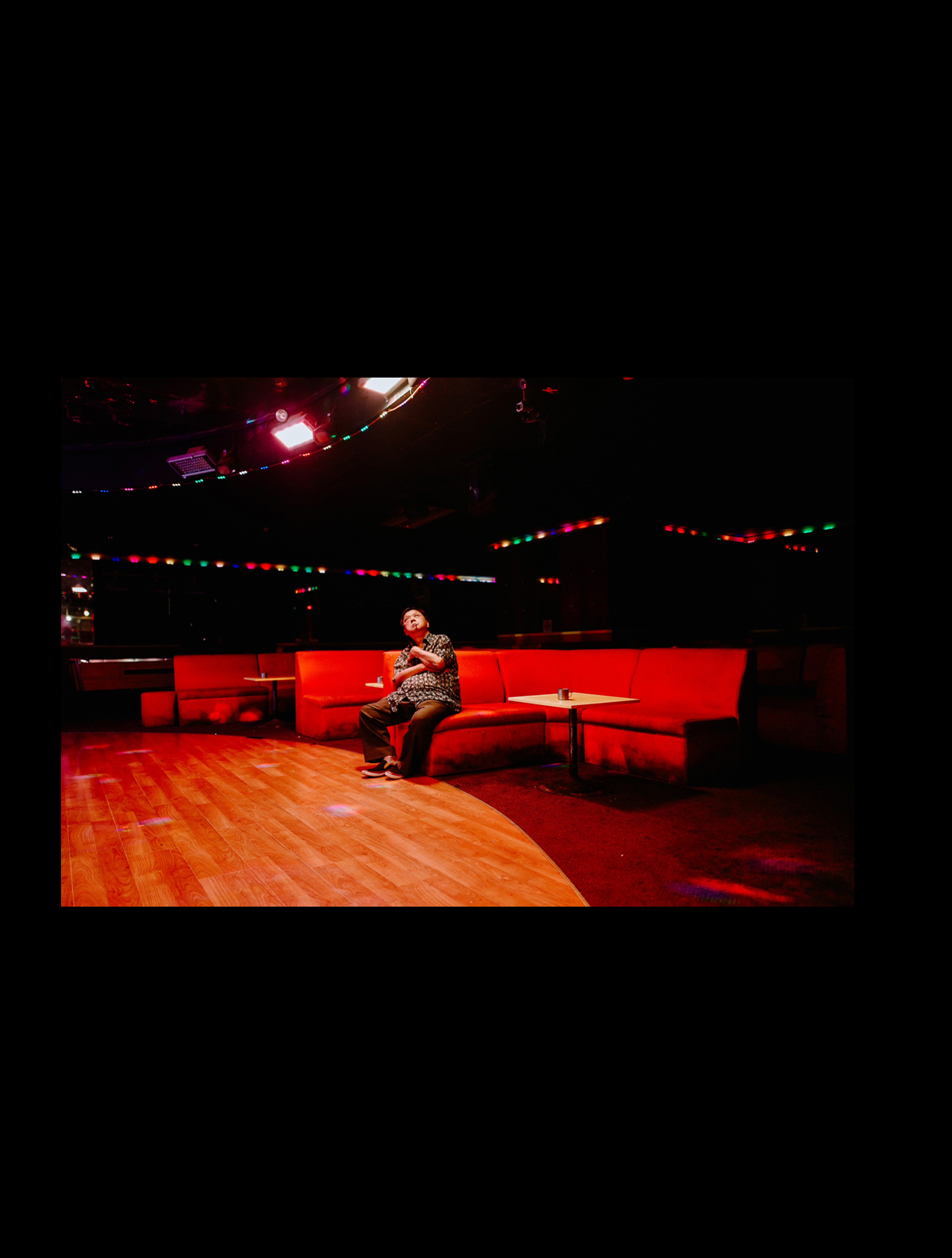Photographs by Charmaine Poh
Words by Onin Lorente
Published on February 11, 2021
Share this :
Charmaine Poh underlines narratives that are close to her heart. Pretty Butch, All In Her Day’s Work and How They Love are some of her projects that relate to matters of women and the LGBT community. The artist speaks to Onin Lorente.
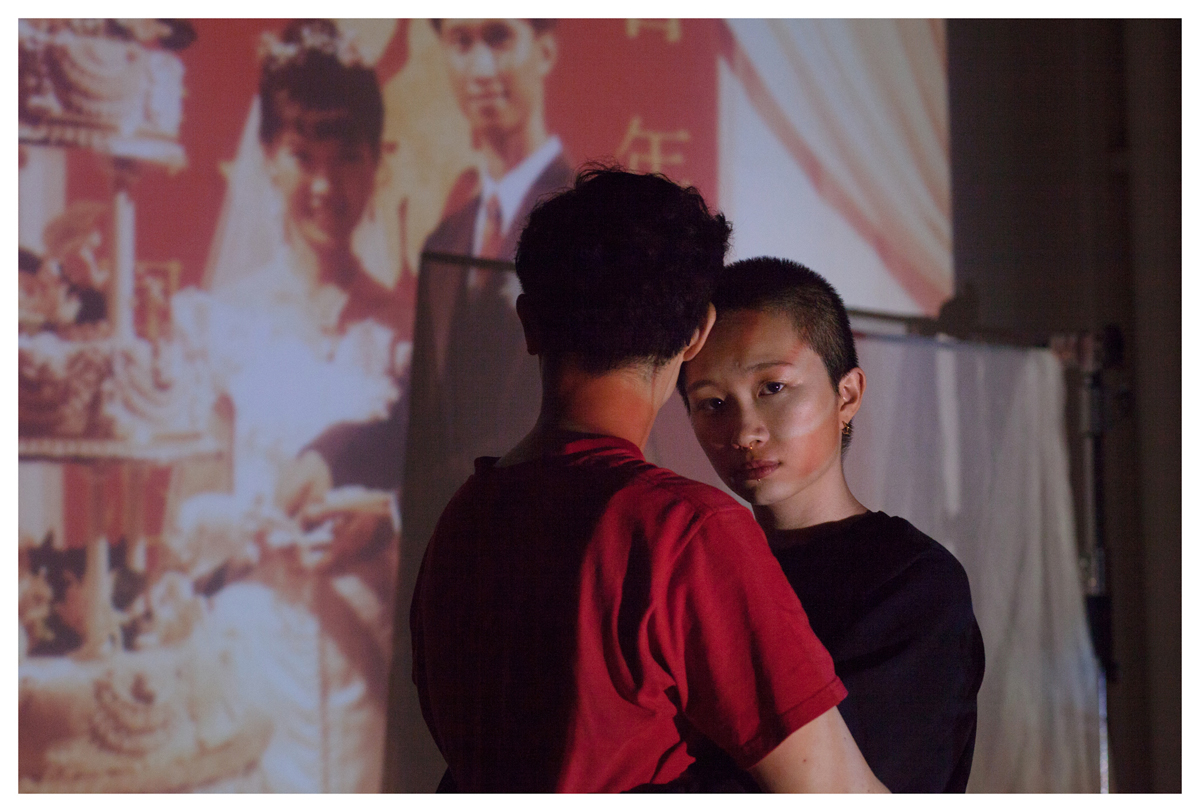
In 2019 Taiwan became the first Asian country to legalise same-sex marriage. No Southeast Asian country has followed suit. While there has been progress in the region, it may be a long while before any governments move to recognise same-sex marriages, let alone legalise them.
Charmaine Poh underlines narratives that are close to her heart. Pretty Butch, All In Her Day’s Work and How They Love are some of her projects that relate to matters of women and the LGBT community. “Most of these decisions were subconscious and organic; ultimately they are associations I hold intimately to my practice,“ corresponds the artist.


With a voice that expands beyond photography into writing and performance, Poh continuously advocates for the rights of women in the queer community, to tell their stories. “My work is an attempt to surface these narratives. Can that be considered advocacies? Is that enough? I’m not sure. Often the simplest way for mainstream society to understand these attempts is to couch them under these terms, but there is a huge range and each term is loaded with its own set of problematic histories.“
Along came How They Love, a project Poh started four years ago. It is a tender portrayal set in an imaginary wedding ceremony adorned with candles, white fabric and bouquets. It is punctuated with love songs in the air and nuptial photographs of participants’ parents in the backdrop. The images evoke solemnity and hope. In those tiny pixels abound bits of unspoken words that form a big picture of how she loves, rather, how they love.


In a brief dialogue, Poh looks back to its inception.
Onin Lorente: You mentioned in your Instagram that you re-titled “How She Loves” to “How They Love” because of representation. Tell us more about that decision.
Charmaine Poh: As the project grew, and participants identified as non-binary, as trans, the original title seemed too limiting. When I first started the project, the language around non-binary identity was just starting to appear in the conversation locally. It was important that the project evolved with the societal moment. I also tried to include people in polyamorous relationships, but no one took up the offer! My work will continue to propose ways of being, but in that sense it’s ethnographic; it can only grow as much as society is willing to take up the offer.
Lorente: Take us back to 2017. What prompted you to start the series How They Love?
Poh: It felt like a slice of history that had been under-valued and under-represented, and I’ve always been interested in counter-narratives. In particular, I’m interested in why people turn out the way they do: the proclivities, the gestures, the signifiers that make up their personal sense of selves.
Lorente: With those interests in mind, how did you narrate it in the images?
Poh: In the studio, participants were able to choose, or not choose, wedding props which matched their sense of self. I also gave them different prompts, sometimes drawing on memory, sometimes drawing on the imagination, that encouraged them to enter different headspaces. The images were a result of that.
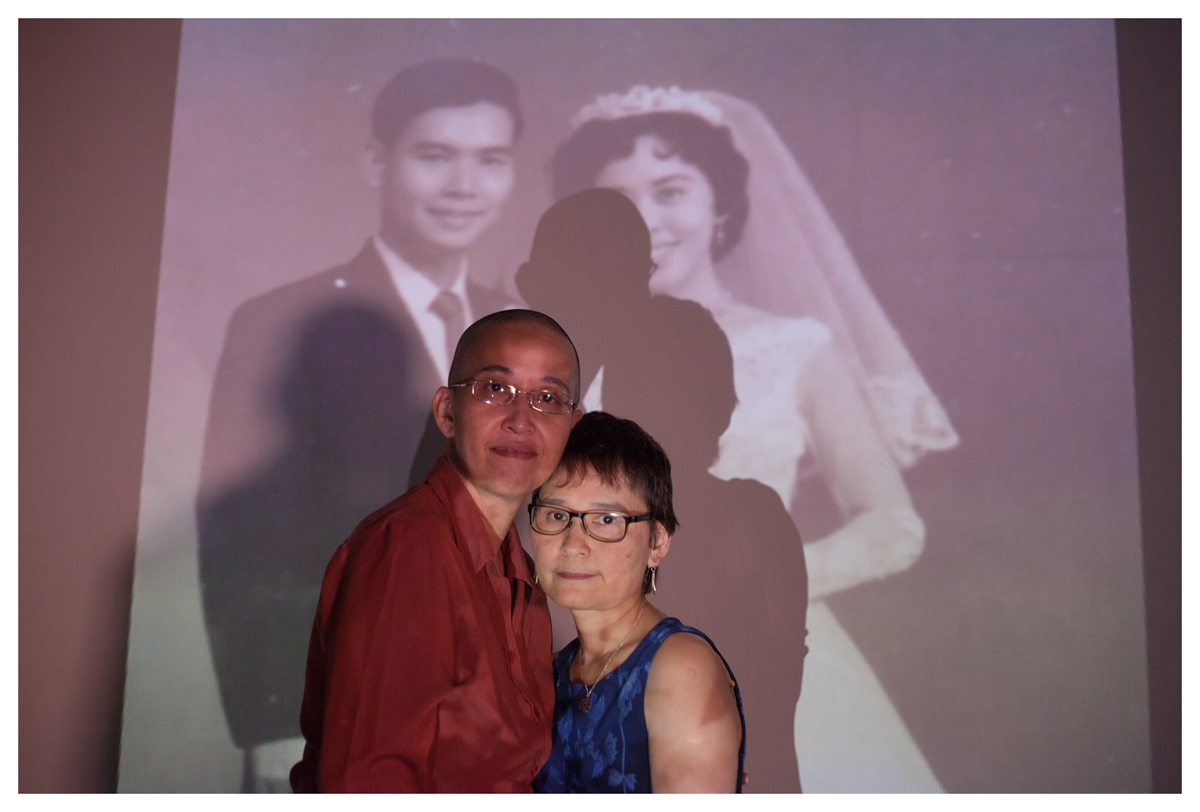
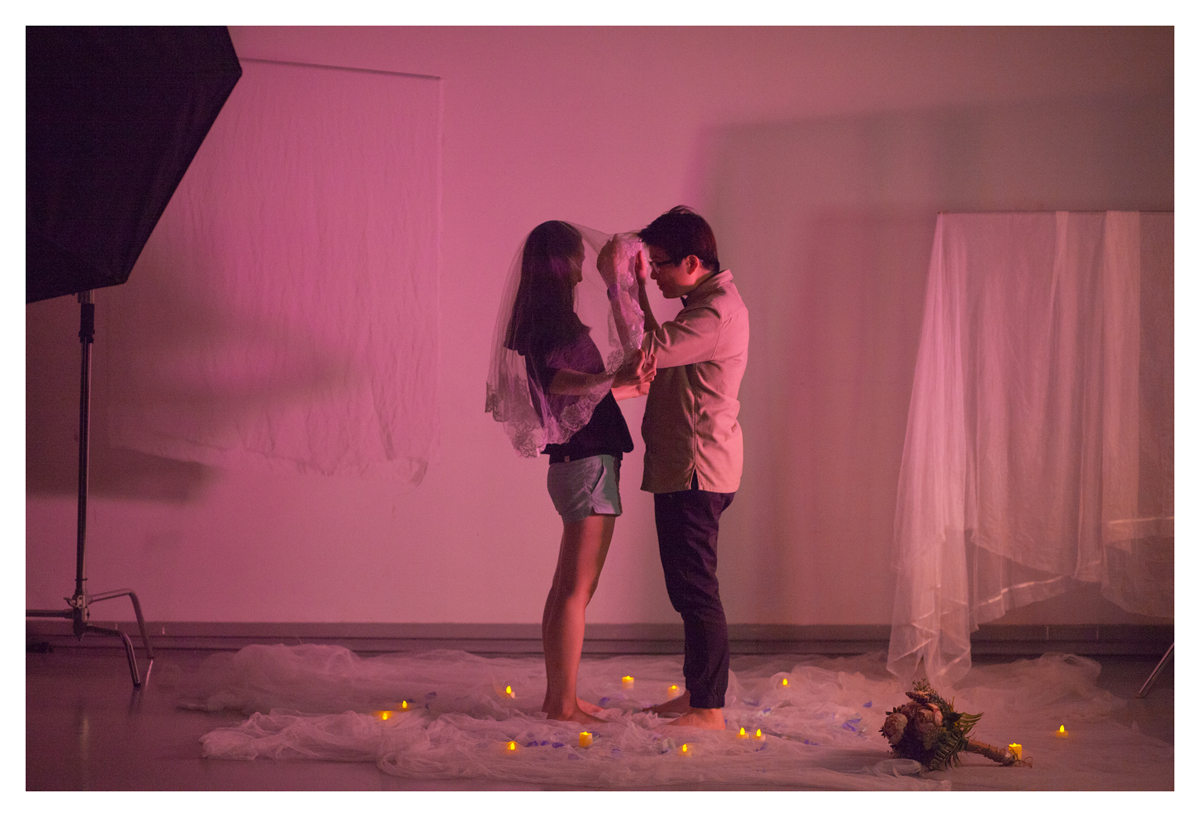
Lorente: How did you find the participants?
Poh: I first reached out through my personal contacts and friends of friends. I wanted to keep things organic. As the work grew, I reached out to organisations to ask if they could help to spread the word. Eventually, people started writing to me.
Lorente: Has photographing your participants had an impact on their lives and the LGBT community in Singapore?
Poh: I cannot claim to have impacted their lives; visibility and empathy often work in minuscule ways, like a slow burn, or ripples in water. I can say though, that I’ve received messages appreciating the feeling of being seen and acknowledged, and that to me is profound.
Lorente: You studied and lived in Berlin, did it influence your creativity and outlook in life?
Poh: It offered me space and freedom. I’m hoping to be back there, sooner rather than later. In many ways, it is the opposite of Singapore. I exist in the tension between the two cities.
If I were to point to areas of influence, they would be encounters with the way people make work there and the types of ideas that are engaged with. I found works that were simultaneously critical and embodied, that utilised technological craft and theory, in ways that surfaced urgent narratives, and these moments have stayed with me. They influenced how I moved beyond the photographic mediums to include moving image and performance.
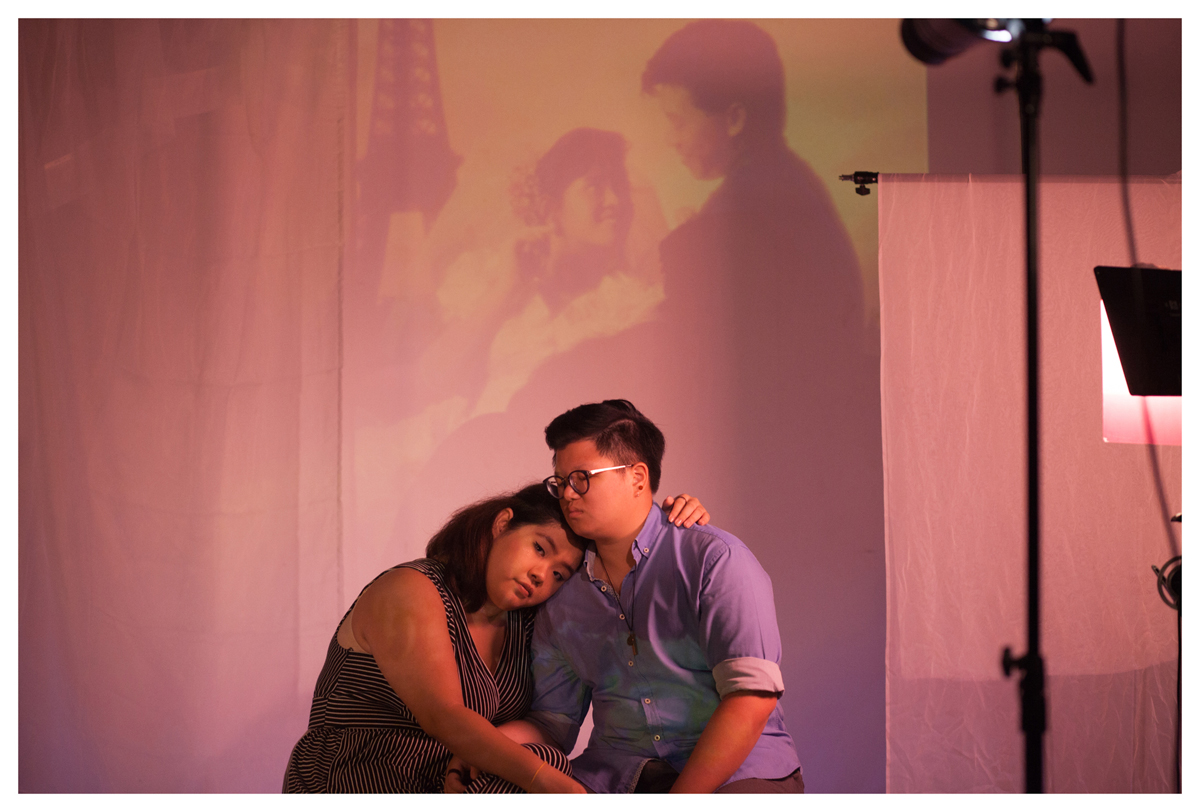
Lorente: Finally, how did the project affect your understanding of the local LGBT and non-LGBT community?
Poh: I’ve learned so much through this work; it’s such a rigorous environment to be in because you are constantly updating your language and unpacking and repacking knowledge around the issues. How do you talk about all of this in a way that adds to public conversation, that opens up the room for everybody to be in there and feel included? That’s what I’m trying to do.
True to Poh’s innate voice of reflecting societal issues and topics through photography, How They Love has shone a light to the core of the project — “looks at the performativity of queer feminine identity in the context of Singapore” — in Asia and other parts of the world. The work was featured on CNN Style, International Center of Photography in New York and recently in a Tate Modern online showcase.
Share this :
Follow us :
ADVERTISEMENT
LATEST ARTICLES
Krerkburin Kernburi’s SurrealLand! Is A Series Of Extraordinary Photos Of Ordinary Days Of Our Lives
In Conversation: Lam Gia Khang Promotes Balance and Stillness Through Minimal Design
“Cham Community Project” – A Redemptive Celebration Of Muslim Community In Siem Reap
SIMILAR ARTICLES
